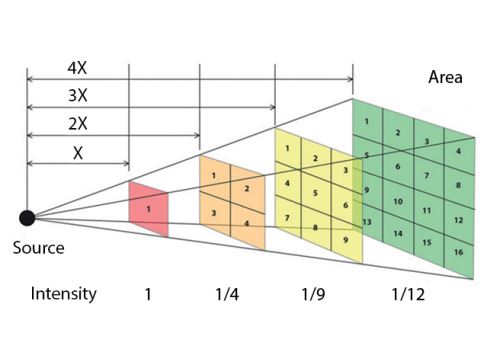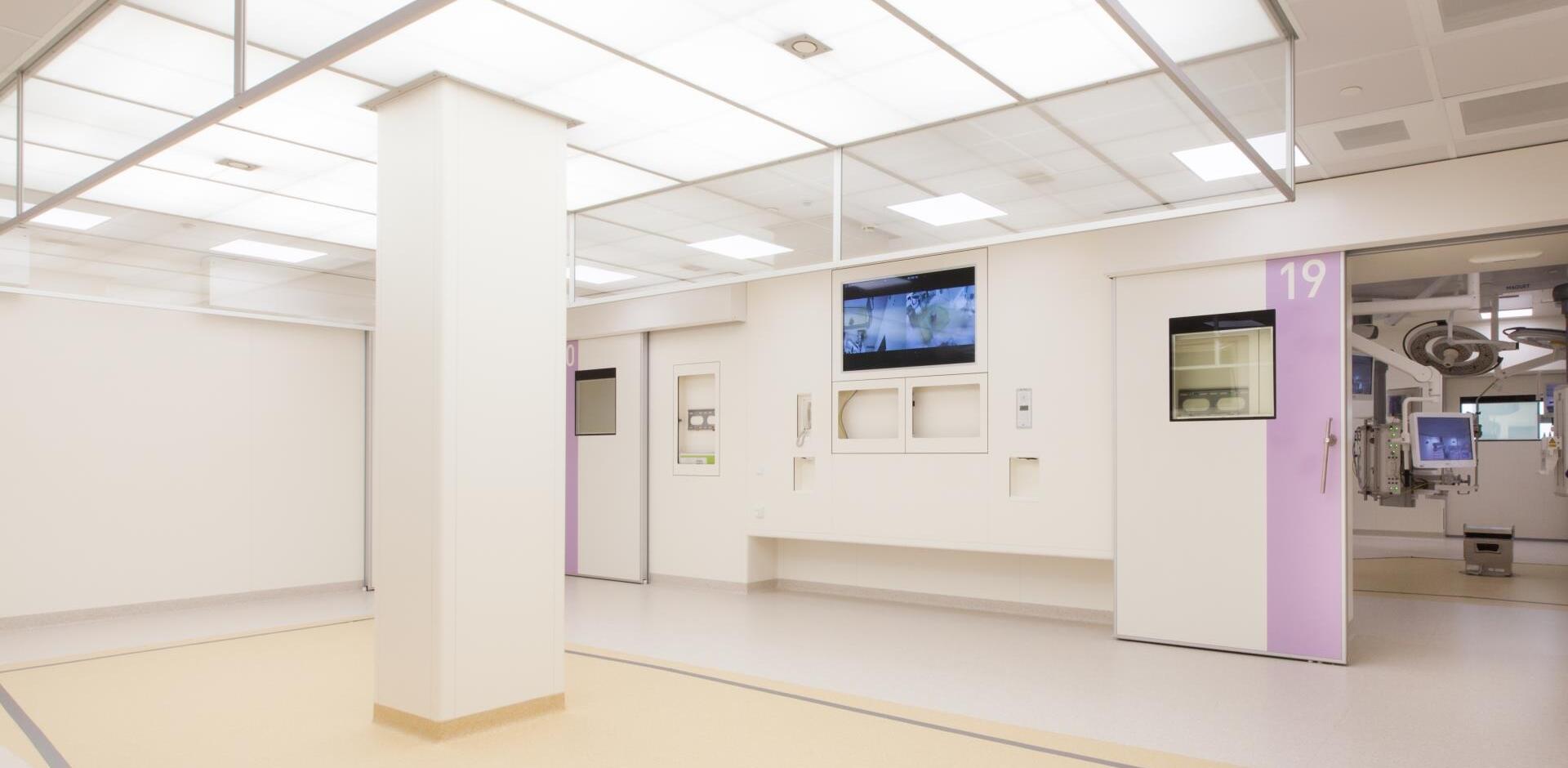
The history of Metaflex; from MF1 to MF7
2 May 2024
The advantages of x-ray machines and fluids for treatment methods clearly outweigh the risks of limited exposure of hospital personnel and patients to radiation. Yet to make sure that the exposure is reduced to a minimum, maximum protective measures must be taken. This includes applying radiation-proof sliding doors to seal ORs and x-ray departments.
X-ray machines and fluids are regularly used in healthcare for diagnostic as well as therapeutic purposes. Think of CT scans, X-ray scans, fluoroscopy, X-ray screening and radiotherapy. Radiation is released during this process. In case of one-off exposure, the small risk does not outweigh the advantage of a fast and accurate diagnosis through use of x-ray machines. However, in case of repeated exposure, radiation can pose a risk to staff and patient safety. It is important to protect employees, passers-by and patients against unnecessary exposure. For example, walls and floors that seal ORs are lined with lead to ensure people’s safety. However, the sliding access doors must also ensure that radiation does not leak to adjacent rooms. In this article, we will explain how radiation works, what the dangers are, and how Metaflex hospital doors can contribute to safety in hospitals.
To properly design a room where radiation is used and to know what products you need, it is important to understand how radiation works. So-called ionising radiation, or simply radiation, is used for making x-ray scans. Everyone is exposed to radiation on a daily basis. This concerns very small amounts of background radiation, expressed in milliSievert (mSv). In the Netherlands, we receive approximately 2 mSv per year, through radiation from the soil, the universe and building materials such as gypsum and concrete, for instance. The dose of a regular x-ray scan of heart and lungs amounts to approximately 0.09 mSv.
X-rays travel through the air in the lungs practically unimpeded, whereas they have more difficulty passing through the muscles and liver, for instance. Penetrating bone is most difficult. That is where the bulk of the absorption takes place. Part of the x-rays travels through the body unimpeded and part is absorbed by the body, without the patient becoming radioactive himself.

The further away a person is removed from the source, the lower the accumulated amount of radiation is. In this case, a person being twice as far away from the source will receive four times less radiation. When a patient is three times further removed from the source, the impact of the radiation is nine times less.
When using x-rays, there are two types of radiation: primary radiation and stray radiation. Primary radiation comes directly from the source and is used for diagnostic purposes. Stray radiation is created when primary radiation reflects off the patient or another surface. This is less powerful than the primary radiation and scatters into all directions.
The targeted exposure can contribute to patient safety, as the current developments in (hybrid) ORs show. Think of intervention radiology or ‘operating without cutting’. This concerns minimally invasive, image-operated treatments that can be used to track down and treat malignant growths. Several different techniques are used to cure the patient from the inside through radiotherapy. In this case, the healthy tissue remains intact, straining operations are no longer needed, the chance of complications is reduced and patients spend less time in the hospital. This leads to a decrease in healthcare expenses and increase in patient safety.
However, research has also shown that high doses or prolonged exposure to radiation can cause cancer and birth defects in babies. These effects do not outweigh the advantages that short-term exposure to radiation offers for patient safety, but logically, it must be limited as much as possible.
Particularly in view of the increase of radiology treatments, it is important to prevent unnecessary exposure to radiation from x-ray machines in order to safeguard patient safety and that of your employees. This especially concerns stray radiation. To prevent radiation from leaking to other rooms, the rooms concerned, such as ORs, must be properly sealed with radiation-proof hospital doors. These are lead-lined hospital doors and frames. By applying lead plates of 1 to 4 millimeters thick from the top of the frame to only 31.5 millimeters from the ground, the radiation leak can be minimised, protecting the vital parts of outsiders and passers-by against x-rays.
The required amount of lead (1-4mm) is determined by means of several factors, including the number of radiation devices and the distance between the door and the device. This thickness is represented in ‘mm lead equivalent’ and is calculated by dividing the material thickness by the ‘radiation factor’ of the material. For example, lead has a factor 1, which means that the lead equivalent of 1mm of lead is 1mm. Pebble concrete, on the other hand, has a factor 80. This means that 80mm of pebble concrete is needed to create the same radiation-proof properties as 1mm of lead.
Metaflex’s radiation-proof hospital doors also contribute to patient safety in another way. The airtight seal creates a controlled air flow and thus contributes to limiting the spread of diseases and also meets the European standards for smoke resistance (Sa and S200). Additionally, the sliding door is available in 30 to 60 minutes fire-resistance EI1.
Curious about the possibilities and what Metaflex can do for you and your hospital? We are happy to inform you!

2 May 2024

17 April 2024

27 March 2024